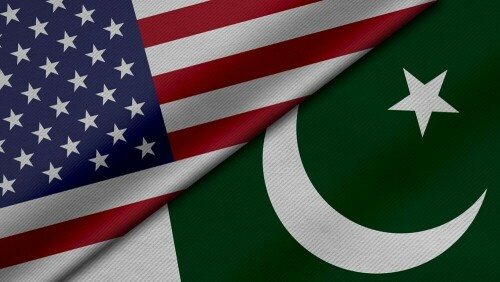LAHORE: The Punjab budgets for the last three financial years cannot be considered children-friendly, according to the first ever report on Child Responsive Budgeting (CRB), released recently.
Prepared by the Child Bureau Cell of the Planning and Development Board, in collaboration with the Unicef, the CRB report analyses the child sensitive allocations in the annual development programmes, the development and non-development budgets for the 2011-12, 2012-13 and 2013-14 fiscal years.
“Although the nominal amounts of public funds channeled towards activities affecting children have increased since 2011, the relative temporal trend is not as positive as the total allocations are found to have slightly declined over time in relative terms.
“While the proportions in favour of children are rather small in the non-development budgets, the child-friendly allocations in the development budgets are around 40 percent. However, the direct allocations having strongest impact on children represent less than half of the total amount,” says the report.
Calculating child-specific allocations in the non-development budgets, the report can trace only 0.2pc total direct disbursements.
Quoting the annual development programmes from 2011-12 to 2013-14, it says the size of education as a whole increased in absolute terms of resource allocations but decreased in relative terms as a share of the total net development programme and the social sectors’ allocations. However, the number of `free-standing educational initiatives,’ funded through the budget, increased over the years, potentially diverting resources from school education.
For the social sectors, health got significant share though smaller than the allocations for education. The health sector share fluctuates around one-fifth of social sector allocations in the three annual development programmes analysed in the report.
Analysing allocations that have a more indirect impact on children or that influence the settings and households where they live, it finds a relative decline over the years.
The population welfare corresponded to only 1.5pc of the development section and 0.8pc of the total disbursement of 2011-12. The total amount channeled towards social welfare in 2011-12 was equivalent to 0.3pc of the development section and 0.1pc of development budget’s total disbursements. The allocations visibly declined with only Rs154.803 million, representing 0.09pc of the development section and 0.05pc of total development budget.
Analysis of the revised estimates in the budgets demonstrated that often there had been a large discrepancy between the initial resource commitments and disbursements eventually sanctioned for service delivery.
Apart from education and health, other allocations analysed with a more evident impact on children’s welfare were found to represent a very small share of total budget disbursements.
Putting the total allocations directly targeting children at around 15pc of the development budgets and only 4pc of the non-development budgets in the three financial years, the report stresses the need to increase allocations towards children, both in absolute and relative terms, with a specific focus on gender and location disparities.
Recommending increase in resource allocations towards social sectors and initiatives that positively affect children, it calls for building an enabling environment for attainment of child’s rights which entail investment in other sectors that indirectly affect the children.
In order to ensure efficiency, it suggests rationalisation and standardisation of budgetary processes, funding mechanisms and accounting structures.
Published in Dawn March 4th , 2015
On a mobile phone? Get the Dawn Mobile App: Apple Store | Google Play











































